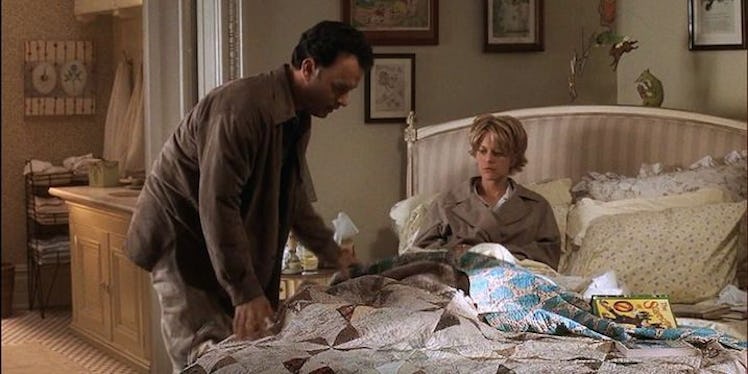
10 Easy Household Hacks That Will Stop You From Getting Sick So Much
People tend to see their homes as safe places and don't realize how many potentially harmful elements they may contain.
Often invisible to the naked eye, dust, mold and toxic chemicals trigger allergies and other serious illnesses.
To make your home a safer, healthier and happier place for you and your family (or roommates), consider making the following changes.
1. Open your windows.
Candles and air fresheners are commonly used to mask odors. While their fragrance may be pleasant, they also contain toxic ingredients that may have negative effects on your well-being.
To create a healthy environment, let the fresh air circulate and eliminate odors that may linger in your house.
2. Use an air purifier.
In cold climates, opening a window may not always be an option. An air purifier is an excellent way to remove allergens, gases, pollutants and odors from the air you breathe.
3. Change your furnace air filters.
People frequently overlook this step when setting up a healthy home environment. A high-quality air filter catches up to 95 percent of dust particles.
You need to change your furnace air filters at least every three months, or even more often if you suffer from asthma, allergies and mild respiratory illnesses.
4. Use natural cleaners.
Conventional household cleaners consist of highly hazardous chemicals and thus, carry "caution: poison" labels. To avoid exposure to toxic elements, you can successfully use baking soda, vinegar, hydrogen peroxide and lemon juice to clean your house.
Various combinations of these will help you wash the dishes, remove grease from your stove and oven and make your windows sparkle and the floors shine without any harm to your health or the well-being of your loved ones.
5. Remove mold.
Mold spores are one of the main culprits of respiratory problems. They grow rapidly in damp, poorly ventilated areas, such as bathrooms, laundry rooms and garages.
Exposure to mold spores can trigger asthma, allergy attacks, coughing and wheezing and a myriad of other symptoms.
Hydrogen peroxide, vinegar and baking soda remove small mold contamination fast without the use of harsh chemicals. Large areas of mold growth must be treated only by trained professionals.
6. Install a water filter.
While local water companies filter tap water, it may still contain harmful contaminants, such as lead and pesticides.
Chlorine is always present in tap water to kill germs and bacteria. However, chlorine has also been proven to cause cancer. A water filtering system will reduce your exposure to harmful chemicals.
7. Use hardwood or laminate flooring.
While carpet has many positive attributes, such as keeping your feet warm and muffling footsteps, it also harbors dust, mites and odors. Consider replacing carpet with cork or bamboo flooring that is long-lasting, easy to maintain and environmentally friendly.
8. Install a humidifier.
Dry winter air causes coughing, sinus problems, nosebleeds and dry skin. A humidifier does an excellent job at reducing these issues by infusing the air with water vapor. Place individual humidifiers in every room to help you combat various health concerns.
9. Throw away non-stick cookware.
Teflon and other non-stick pots and pans have been proven to leach toxic chemicals into food while cooking. Replace them with cast iron, ceramic and stainless steel cookware instead to make your meals healthier.
10. Use glass containers to store food.
Plastic food containers also may seep cancer-causing chemicals into food when being heated.
Glass, as well as ceramic and stainless steel, is a safer option when it comes to food storage as it can be used for both hot and cold foods without any harm to your health.
Making these changes in your home will make your home a safe and healthy place for you and your loved ones.